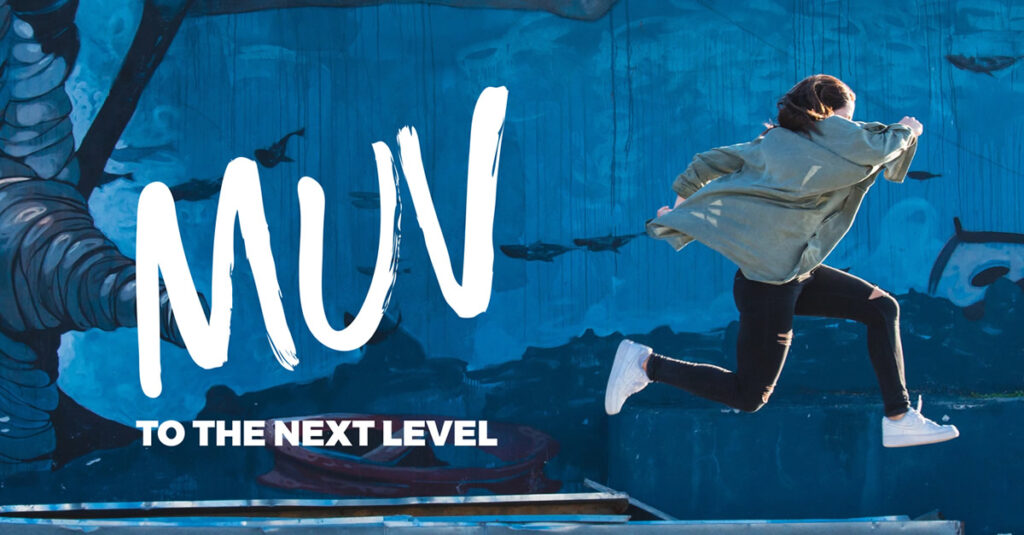For city governments to improve mobility in a sustainable way is anything but a game. At least until today.
In fact, the MUV project, an acronym for Mobility Urban Values, aims to encourage changes in mobility habits within local communities by focusing on the playful aspect, through a game that mixes real and digital experience, translating citizens’ needs into sustainable solutions for public finances as well.
No new infrastructure then, expensive and time-consuming, but awareness and participation of local communities, thanks in part to geo-localized digital marketing tools, data analytics, and creative and engaging communication.
From 2017 to 2020, MUV will involve the engagement of 14 partners from eight different European countries-Belgium , Denmark, Finland, Italy, Luxembourg, the Netherlands, Portugal and Spain-and will also be conducted with EU funding from the Horizon 2020 program.
The MUV project is conceived and coordinated by the folks at PUSH, a company that has been helping communities, governments and organizations innovate and be effective in a sustainable way through service design methodology since 2013.
Explaining it best is Toti Di Dio, Managing Director of PUSH, in a short interview for the Europlanning Guide blog!
Tell us about your idea: how did it come about? What does it consist of and why is it different from others? What group or organization did you organize it with?
MUV stands for “Mobility Urban Values” and is a digital platform that turns sustainable mobility into a sport.
It is played through an app and the game mechanics are very simple: you earn points every time you move in a sustainable way i.e. walking, cycling, using public transportation or sharing your vehicle with others.
The more points one earns, the more the urban mobility “athlete” receives the attention of local sponsors who, by offering him or her prizes and discounts, may have him or her as their testimonial.
All data collected are anonymized and shared to the citizenry to stimulate debate on active mobility and thus influence decisions on urban policies for sustainability
Through which line of European funds did you fund your project?
MUV is a research and innovation action funded by the European Commission through the Horizon 2020 MG-4.5-2016 program, and together with PUSH, the project leader, the team includes the six municipalities in which the pilots are held (Amsterdam, Barcelona, Fundao, Ghent, Helsinki, and Palermo) and numerous European organizations and research centers.
What are the main difficulties you encountered in presenting the project?
The journey to MUV was a long one: In 2009, the idea was born., in 2012 was co-funded by MIUR the first research applied to the context of the city of Palermo “trafficO2” and finally in 2016, thanks to the excellent results gathered traffic and after an acceleration course in New York with Google Lab and Hyper Island, we formed the consortium and presented MUV.
What was most helpful to you in preparing for the European project?
Thanks to the guidance,experience of our partners and a right mix of courage, recklessness and good luck, we were able to tackle the writing of the call, the “grant agreement” phase and since June 2017 the even more complex and challenging phase of coordinating the consortium.
What would you recommend to people who want to finance their own project with European funds?
The first three questions you should ask yourself whenever you want to fund a project with Horizon 2020 funds are:
- Are we sure it produces impactforresearch and society?
- Have we verified that the partners involved have clear objectives and methodswe intend to adopt?
- Are we sure we are ready to produce a sea of paper, organize hundreds of e-meetings, andsend millions of emails?
If the answer is “yes” to all the questions, then you are ready for this strange but fun world of European research.
Do you also have a successful European design story you would like to tell? Share it with us on the blog or on the official Europlanning Guide Facebook page!




